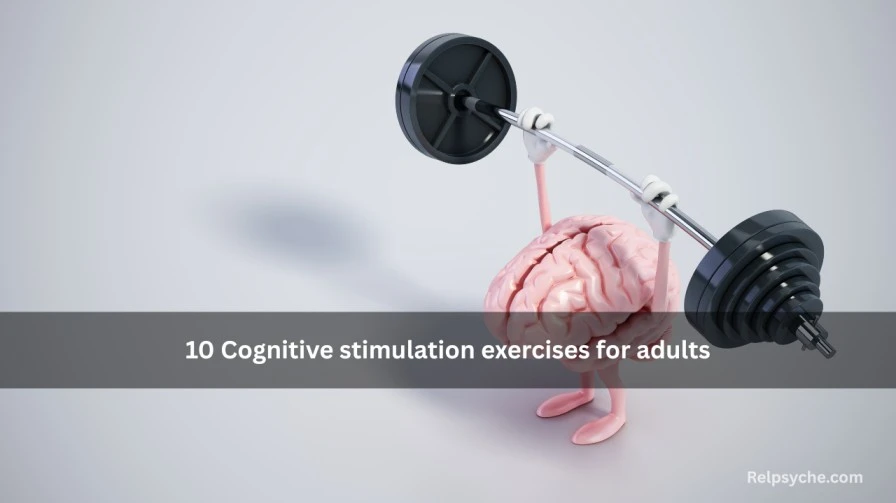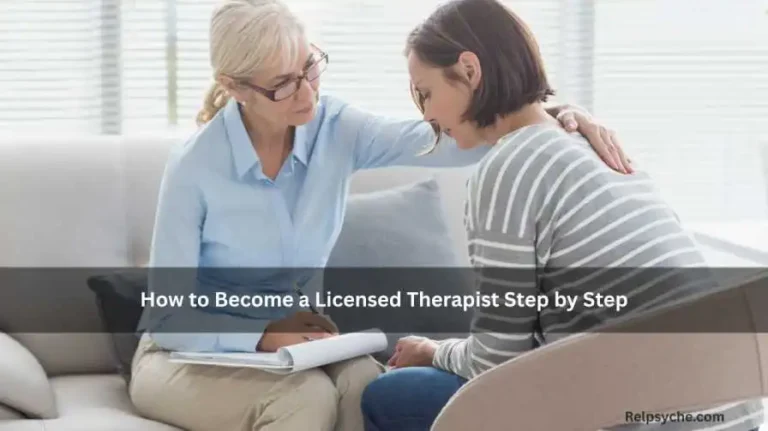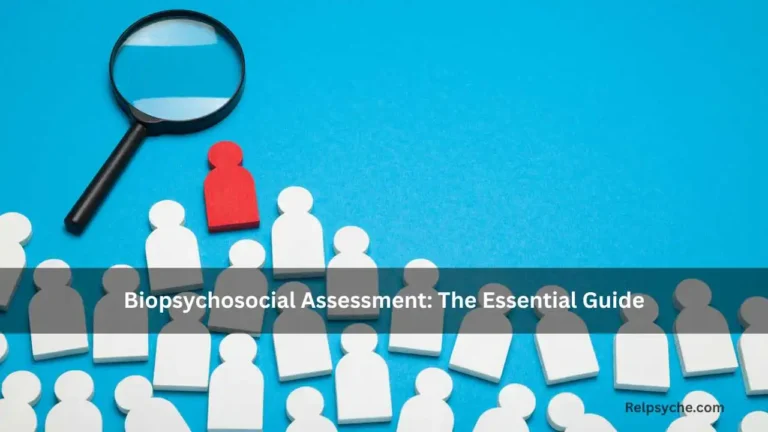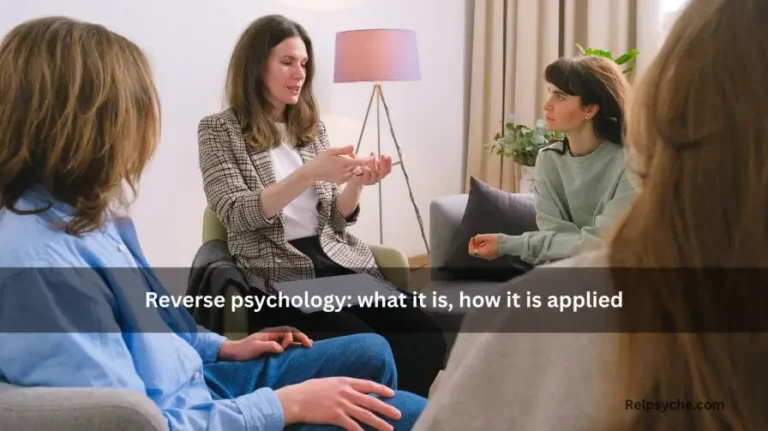10 Cognitive stimulation exercises for adults
Keeping your mind active is just as important as taking care of your body, especially as we age. Cognitive stimulation exercises for adults not only help treat impairments but also preserve functions like memory, attention, and reasoning. These exercises improve autonomy, emotional well-being, and quality of life. By practicing them daily, you can prevent decline and boost mental performance. Anyone can benefit from these activities, no matter their age or background. Incorporating simple but effective exercises into your daily routine can be key to preventing deterioration and boosting mental performance. You don’t need a diagnosis to benefit from these activities, as any adult can train their brain and enjoy the results.
In this article, we discuss 10 cognitive stimulation exercises for adults, explained one by one in a simple way, so you can practice them at home and keep your mind in shape.
Table of Contents
1. Categorize words
Write five categories on a piece of paper, such as “animals,” “fruits,” “countries,” “colors,” and “professions.” Set a timer for one minute per category and try to write as many examples as you can in that time.
This activity stimulates semantic memory, mental speed, and vocabulary. It’s one of the easiest cognitive stimulation exercises for adults because you can do it alone or with a partner. Each round, change categories to keep your brain challenged and engaged.
2. Chained sums
Take a random number between 10 and 50 and add it by fives, either out loud or in writing, until you reach 200. Then, do the same exercise by subtracting by fives until you return to the initial number.
This simple exercise improves attention, mental calculations, and cognitive flexibility. If you find it easy, increase the difficulty by adding sevens or starting with larger numbers.
3. Describe an object in detail
Choose an object nearby—a pen, a cup, a pair of glasses—and describe out loud all the details you notice: shape, color, texture, possible uses, etc. Try to do this for at least two minutes.
This exercise focuses on attention, visual perception, and verbal expression. It’s a simple but powerful cognitive stimulation exercise for adults because you can do it anytime, even when feeling tired or distracted.
4. Remember the shopping list
Write a list of ten imaginary foods you would buy at the supermarket. Read it for one minute, cover it, and try to remember as many as possible. Then, review your correct answers and note down what you forgot.
This exercise stimulates working memory and concentration. To increase the difficulty, add more elements or reduce the memorization time to 30 seconds. It’s one of the most practical cognitive stimulation exercises for adults because it relates to daily tasks.
5. Draw a clock
Draw a circle and place the hours on an analog clock in their correct positions. Then, choose a random hour and draw the hands marking it.
This exercise trains spatial orientation, visual-motor coordination, and procedural memory. It’s also widely used in the assessment of cognitive impairment, so practicing it helps keep multiple brain functions active at the same time.
6. Complete proverbs
Think of well-known proverbs like “Better late than never…” and finish the sentence (“…than never”). Repeat the exercise with at least five different proverbs. If you run out, look for new ones online and memorize them for the next day.
This exercise stimulates semantic memory and language, in addition to being a fun activity that connects with memories and popular culture. It’s a fun way to train the mind and one of the most creative cognitive stimulation exercises for adults.
7. Order words alphabetically
Write ten random words on a piece of paper (they can be objects you see in the room or words that come to mind) and put them in alphabetical order. Do this in less than three minutes at first, and gradually reduce the time each time you practice.
This exercise enhances attention, mental organization, and processing speed— key skills for many everyday tasks.
8. Mazes and word searches
Print out a simple maze or word search from the internet and complete one each day. These games stimulate reasoning, sustained attention, and visual memory.
They’re especially useful for those who prefer fun exercises that are easy to adapt to their level, as there are mazes and word searches of increasing difficulty to keep you progressing. They’re enjoyable cognitive stimulation exercises for adults because they combine fun with mental training.
9. Chained stories
Think of five random words (cat, rain, train, hospital, and guitar…) and make up a short story that includes them all.
This exercise works on creativity, memory, and verbal planning. You can do it aloud or in writing, and share it with someone to make it more fun. If you want to make it more challenging, increase the number of words to seven or eight.
10. Change your daily routines
Perform simple actions like brushing your teeth, eating, or using the TV remote with your non-dominant hand. This change in habits forces the brain to activate new neural connections, stimulating attention, coordination, and cognitive flexibility.
It’s one of the easiest cognitive stimulation exercises for adults because it fits into daily life without extra effort.
How to incorporate these exercises into your daily routine?
Practicing cognitive stimulation exercises doesn’t have to be a burdensome or time-consuming task. Ideally, make them a fun part of your daily routine: Dedicate 10–20 minutes a day to these cognitive stimulation exercises for adults, varying them each day so your mind doesn’t get too used to them and continues to challenge itself. You can do them alone, with a partner, or with friends, making it a pleasant time to share.
Choose the time of day when you feel most alert and willing to concentrate. Some people find morning exercises work best for their minds, while others prefer these exercises as a way to relax in the afternoon. Don’t forget to reinforce exercise with a healthy lifestyle: getting enough sleep, eating a balanced diet, maintaining social relationships, and exercising are key allies for an active brain.
Remember that consistency is more important than intensity. Small daily challenges are much more effective than long, sporadic sessions. Your mind, like your body, needs regular training to stay agile, flexible, and prepared for the challenges of each day.
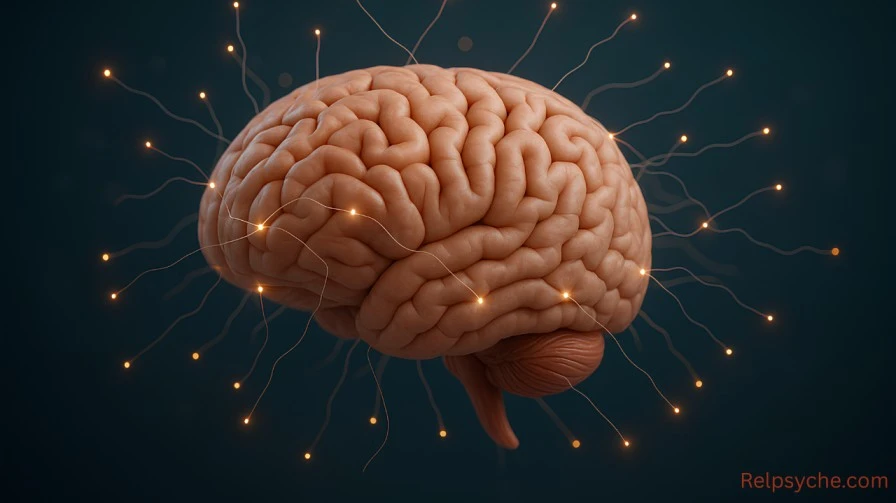
Conclusion
Cognitive stimulation exercises for adults are simple, fun, and powerful ways to keep the brain active. From memory tasks like shopping lists to creative games like chained stories, each exercise strengthens key mental functions. Practicing them regularly helps preserve independence, improve emotional well-being, and protect against decline.
With consistent effort, these exercises can also improve problem-solving, boost confidence, and make daily activities easier to manage. Over time, you’ll notice greater focus, sharper recall, and a stronger sense of mental energy. A healthy brain truly means a better quality of life, no matter your age.
Ready to take the next step in your personal growth? Explore expert services — from therapy to life coaching — available on Fiverr.
If you want to read more articles similar to 10 Cognitive stimulation exercises for adults, You Need to Know we recommend that you enter our Psychology category.
FAQs
Q1. What are the best cognitive stimulation exercises for adults?
The best exercises include shopping list recall, word categorization, chained sums, and word searches. These target memory, attention, and reasoning while being simple to practice at home. They can be adjusted in difficulty to fit each person’s needs.
Q2. How often should I do cognitive stimulation exercises?
You should practice them for at least 10–20 minutes daily. Consistency is more effective than long sessions once in a while. By making them a habit, you’ll see steady improvements in memory, focus, and flexibility over time.
Q3. Can older adults benefit from cognitive stimulation exercises?
Yes. Cognitive stimulation exercises for adults are especially helpful for seniors because they maintain memory, prevent decline, and support independence. Regular practice can also improve mood and reduce feelings of isolation.
Q4. Do I need special tools or apps for these exercises?
Not at all. Many can be done with pen and paper, everyday objects, or puzzles. However, if you prefer digital formats, there are apps and online games that provide structured exercises and progress tracking.
Q5. Can cognitive stimulation exercises prevent dementia?
They don’t guarantee prevention, but studies show regular mental activity lowers the risk of decline. Cognitive stimulation exercises for adults strengthen brain connections, which may delay or reduce symptoms. While not a cure, they play a valuable role in overall brain health.
References
Harvard Health Publishing. (2021). Train your brain. Harvard Medical School. https://www.health.harvard.edu/mind-and-mood/train-your-brain
Alzheimer’s Association. (2022). Staying mentally active. https://www.alz.org/help-support/brain_health/stay_mentally_active
Literature
- Rieker, JA, Reales, JM, Muiños, M., and Ballesteros, S. (2022). The Effects of Combined Cognitive-Physical Interventions on Cognitive Functioning in Healthy Older Adults: A Systematic Review and Multilevel Meta-Analysis. Frontiers in Human Neuroscience, 16. https://doi.org/10.3389/fnhum.2022.838968
- Rizkalla, M.N. (2015). Cognitive training in the elderly: a randomized trial to evaluate the efficacy of a self-administered cognitive training program. Aging & Mental Health, 22 (10), 1384–1394. https://doi.org/10.1080/13607863.2015.1118679
- Tárraga, L., & Boada, M. (Eds.). (2004). Refresher notebooks: Practical cognitive stimulation exercises for patients with mild Alzheimer’s disease. Glosa Publishing. https://www.fundacioace.com/uploads/files/categorias/ejercicios-online/cuadernos-de-repaso-fase-leve-fundacio-ace.pdf
- Wolinsky, FD, Weg, M.W.V., Howren, MB, Jones, M.P., and Dotson, MM (2013). A randomized controlled trial of cognitive training using a visual speed of processing intervention in middle-aged and older adults. PLoS ONE, 8 (5), e61624. https://doi.org/10.1371/journal.pone.0061624

I’m Emma Johnson, a psychologist who loves to write and share ideas.
I enjoy making psychology simple so everyone can understand and use it in daily life.
If you’d like to talk, ask questions, or work together, feel free to reach out.
Let’s learn and grow in the world of psychology together!

